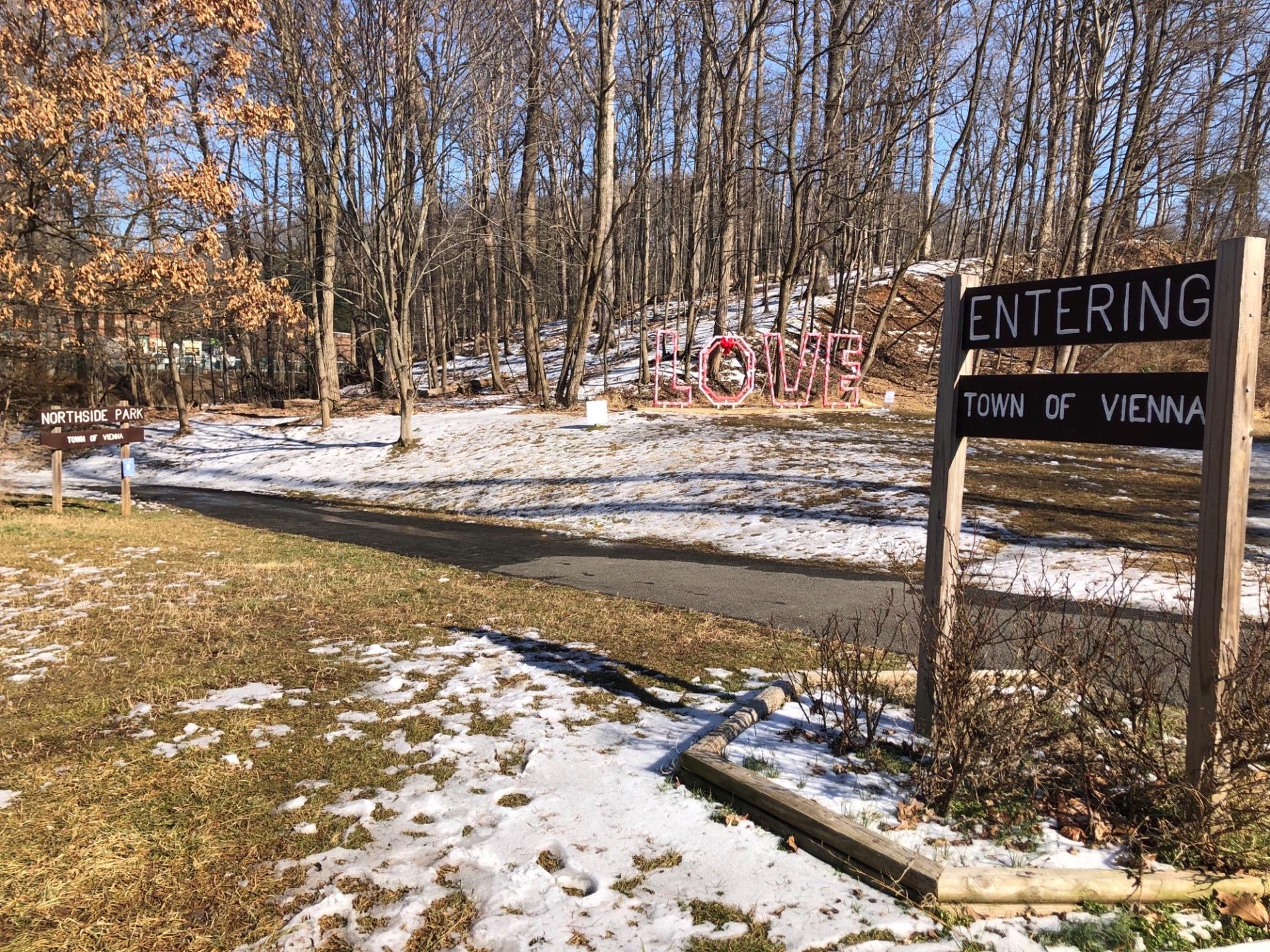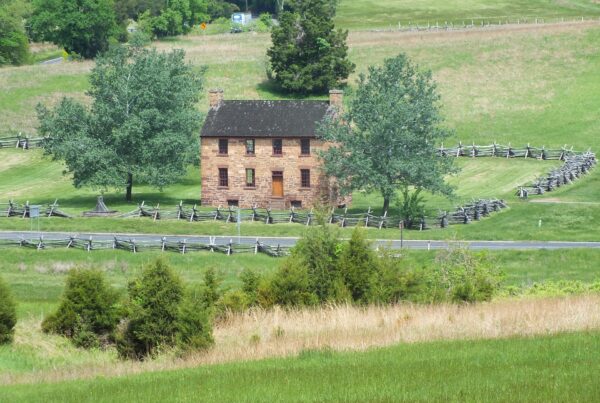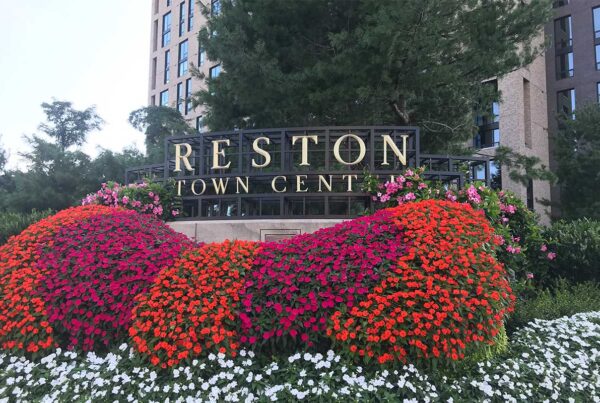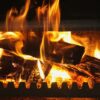Understanding Stage 3 Creosote: A Deep Dive into the Issue in Vienna, VA
Every homeowner with a fireplace in Vienna, VA, knows that regular maintenance is crucial for the safety and efficiency of the chimney system. One of the most common yet dangerous issues that homeowners encounter is the buildup of creosote, especially in its most dangerous form – Stage 3 creosote. In this article, we will take a deep dive into understanding Stage 3 creosote, its dangers, and how professional services like A&T Chimney Sweeps fireplace, furnace, dryer vent, gutter cleaning, and repair services in Vienna VA can help in mitigating this problem.
What is Creosote?
Creosote is a byproduct of burning wood, coal, or other organic materials in a fireplace or a wood-burning stove. As smoke rises up through the chimney, it cools and condenses on the interior surfaces, forming a sticky, tar-like substance. Over time, this substance hardens and turns into creosote.
There are three stages of creosote buildup in chimneys – Stage 1, Stage 2, and Stage 3. Stage 1 is the easiest to remove, as it is mainly soot. Stage 2 creosote is more granulated and harder to eliminate. Stage 3, however, is the most challenging and dangerous.
Understanding Stage 3 Creosote
Stage 3 creosote, also known as glazed creosote, is the most dangerous form of creosote buildup. It is a dense, shiny layer of creosote that looks like a coating of black glass inside the chimney. This buildup is highly combustible and can lead to dangerous chimney fires if not addressed promptly.
This stage is a result of repeated cycles of condensation and hardening of creosote, usually due to incomplete combustion. Incomplete combustion can occur due to several reasons, including burning unseasoned or wet wood, improper chimney ventilation, and low burning fires that produce more smoke than heat.
The Dangers of Stage 3 Creosote
The primary danger of stage 3 creosote lies in its high combustibility. The intense heat from a fire can ignite the creosote, causing a sudden and explosive chimney fire. These fires can spread quickly to other parts of the house, causing extensive property damage and potentially putting lives at risk.
Another concern is the corrosive nature of creosote. Over time, it can erode the chimney’s interior, causing structural damage that can be expensive to repair.
Stage 3 Creosote Removal
Due to its hardened nature, stage 3 creosote cannot be removed using regular chimney sweeping techniques. Specialized tools and chemicals are required to break down the glazed creosote and scrub it off the chimney walls.
Professional chimney sweep services, such as A&T Chimney Sweeps, have the necessary knowledge and experience to safely and efficiently remove stage 3 creosote. They employ a combination of mechanical removal (using high-speed rotary tools) and chemical treatments to eliminate the creosote buildup and restore the chimney to a safe condition.
Preventing Stage 3 Creosote Buildup
Prevention is always better than cure. Homeowners can reduce the risk of stage 3 creosote buildup by ensuring complete combustion through proper ventilation and using seasoned wood. Regular chimney inspections and cleaning are also crucial to prevent the gradual accumulation of creosote.
FAQs
Q1: How often should I have my chimney cleaned to prevent creosote buildup?
A1: It’s recommended to have your chimney inspected and cleaned at least once a year. However, if you use your fireplace regularly, you might need to have it cleaned more frequently.
Q2: Can I remove stage 3 creosote myself?
A2: It’s highly recommended to hire a professional for this task. Stage 3 creosote is extremely hard and requires specialized tools and chemicals for removal. Plus, the process can be dangerous due to the risk of chimney fires.
Q3: Are there any signs of stage 3 creosote buildup I should look out for?
A3: Yes. If your chimney is producing excessive smoke, or if you notice a strong, unpleasant odor coming from your fireplace, it might be due to stage 3 creosote buildup.
Q4: Can I prevent stage 3 creosote buildup by using seasoned wood?
A4: Yes, using seasoned wood can significantly reduce the amount of creosote your fireplace produces. However, regular chimney cleaning is still essential to prevent any buildup.
In conclusion, stage 3 creosote is a dangerous issue that needs immediate attention. With professional help from services like A&T Chimney Sweeps and a proactive approach towards chimney maintenance, homeowners in Vienna, VA, can ensure the safety and efficiency of their chimneys.








